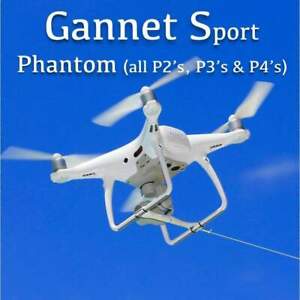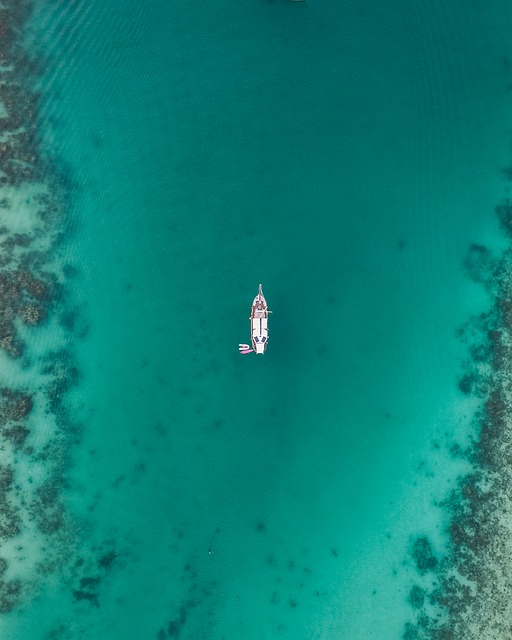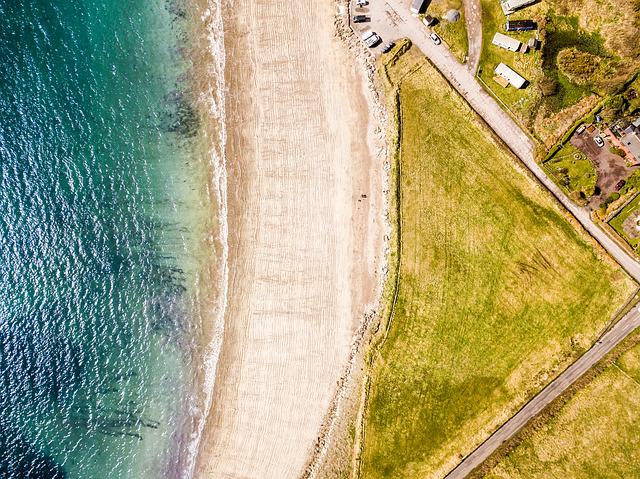
New Zealand has discovered a new way to fish: drone fishing. This exciting new technique makes use of the latest drone technology and opens up new opportunities for fishing. Drone Fishing NZ, a top retailer, offers the DJI and Splash drones for purchase. GoFish cams, Splash drones, and custom built fishing rigs are also available.
Aerokontiki Drones
Sharkan offers a Fishhawk, a fishing drone that captures the action better. The drone's stabilized camera can shoot 12-megapixel photos at 30 frames per second and 4k UHD video at 12MP. You can even view the videos on your smartphone. You can view the videos on your smartphone with a spare battery and a flight time of up 23 minutes.
Mobula
Mobula drones have been specifically designed for fishing. The drone is buoyant and IP56-rated, which means it can survive in up to 20 knots of wind. It also comes with safety features like automatic return to the home, automatic payload delivery, and 3 release mechanisms. It will also automatically return to water if it runs low on battery so you don't need to worry about losing it.
Banks'
Fishing drones have become a hugely popular trend that has attracted the attention of both anglers as well as sports enthusiasts. But, drones can have their own problems. The drone is not recommended for fishing in shallow water. A second problem arises when a drone crashes in the same location a second time. The video footage you receive can be questioned and you shouldn't trust it.

SplashDrone 4
Swellpro has designed the SplashDrone 4 with a brand new float platform for water sports and recreational purposes. It's ideal for fishing parties, all kinds of water activities and is made from corrosion-resistant materials and high-quality ABS to withstand any conditions. Smooth+ is the SplashDrone 4’s exclusive flight control system. This gives the user full control over the drone and keeps it stable in any environment. Its advanced technology enables it to capture every angle of the sky.
Fisherman Drone
You're in for a treat if you're a New Zealand Fisherman drone fisherman. Drone fishing enthusiasts prize snappers as a highly sought-after species. They are beautiful and tasty, making them a delight to catch. These fish can often be found off the coasts on the North or South islands. They are most common during their spring spawning season, which is when large numbers of them congregate. You'll be able to catch these fish throughout the summer months, as well, as they are plentiful in the fall.
Flying a Drone
These guidelines will help you ensure a successful trip if you plan to fly a drone to fish in New Zealand. The law is the first thing you need to know. It's illegal for a drone to be flown over any marine life or within 500 m of any marine mammal. It is important to pay attention to your surroundings while flying your drone. This will prevent your expensive drone from being confiscated.
A drone's payload
The payload of a drone that you use for fishing is something you should be aware. It is important to choose a drone that has the payload capacity to transport heavy fish, and can fly for long periods of time. If you're only going to use your drone for a few minutes, you'll probably catch too few fish to make the experience worthwhile. New Zealand's drone fishing technology has advanced.

FAQ
What kind of batteries does a drone use?
The majority of drones run on lithium-ion batteries. A typical drone runs on between 3 and 6-volts.
Can I fly my drone in my local park?"
You can fly drones in parks around the globe. Safety concerns mean that not all countries allow drones to be flown in parks. Our list contains places where drones are legal to fly for enjoyment.
Is it possible to fly a helicopter while driving?
Drone flying while driving can be dangerous as you may collide with another vehicle or object. You may also run into pedestrians and other animals. You could also damage your car if you hit power lines, trees, or other buildings.
Statistics
- According to ZipRecruiter, the minimum hourly wage of drone pilots is $20. (thedroneu.com)
- Research and Markets predict a growth rate of 51.1% over the next five years. (thedroneu.com)
- With the top 10% making over $100/h and the bottom 10% making as low as $10/h. (dronesgator.com)
External Links
How To
How to Fly Drones with Beginners
A drone is a remotely-controlled aircraft that is used for aerial photography and surveillance. The technology behind drones has been around since World War II. DJI's Phantom series quadcopters were first commercially available in 2010. There have been many types of drones since then, including beginner-friendly drones like the Parrot AR Drone 2.0 and professional-grade multi-rotor crafts like the DJI Mavic Pro.
There are many methods to fly a Drone, including
-
Remote control - This method uses a control device attached to your hand, which enables you to steer the drone through its flight path. There are two main types of controllers: On/Off switches (like a radio) and joysticks.
-
Manual Control - Using a smartphone app, this method allows users to remotely operate the drone via GPS coordinates. The app will provide instructions and help you to locate the drone.
-
Autonomous Flight: This means that the drone will take care of all the piloting. It's basically flying autonomously without any human intervention. For the autonomous flight to occur, the drone must have a built-in camera and sensors capable of capturing images and data.
-
Triggered Flight - This method is similar to manual control, except the pilot manually sets up a preprogrammed route, and the drone follows that route until it reaches the endpoint. Once the programmed route is completed, the drone lands automatically and returns back to the base.
-
Landing Gear – Some drones are equipped with landing gear, which allows them to safely land if they lose power during flight.
-
Goggles - Some pilots wear goggles to protect themselves from debris while operating.
-
Camera - You can capture photos and videos with your drone from the air.
-
Obstacles: Some drones are equipped with obstacle avoidance systems to prevent them from hitting obstacles.
-
Speed – Some drones can reach speeds in excess of 40 mph.
-
Battery Life: Most drones have a battery life of between 20 and 30 minutes depending on how many power sources you use.
-
Range - Some drones can travel upto 30 miles depending on their models.
-
Power source - Some drones need an external power source, while others use internal batteries.
-
Weight - Some drones are lighter than others, while some models can weigh as much as 4 pounds.
-
Size - Drones can range in size from tiny devices that can fit in your palm to heavy crafts that weigh 50 pounds.
-
Price - High-end drones can go for thousands of dollars, while low-cost models start at $100.